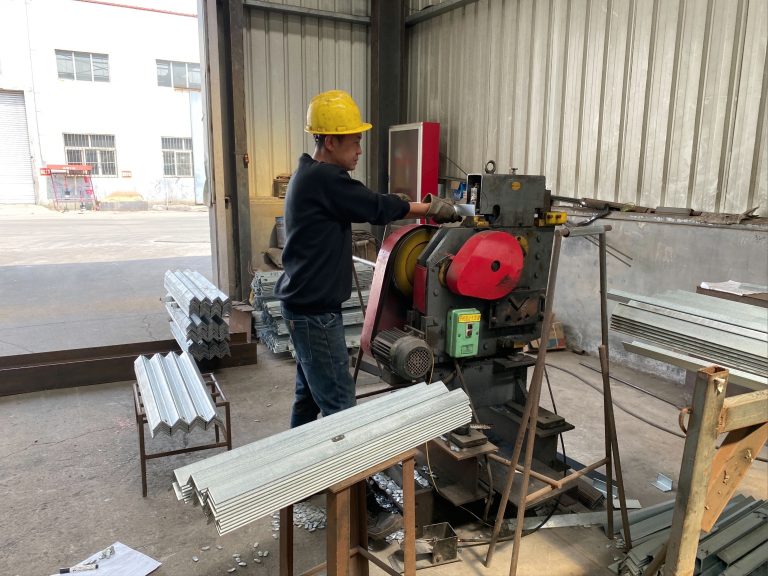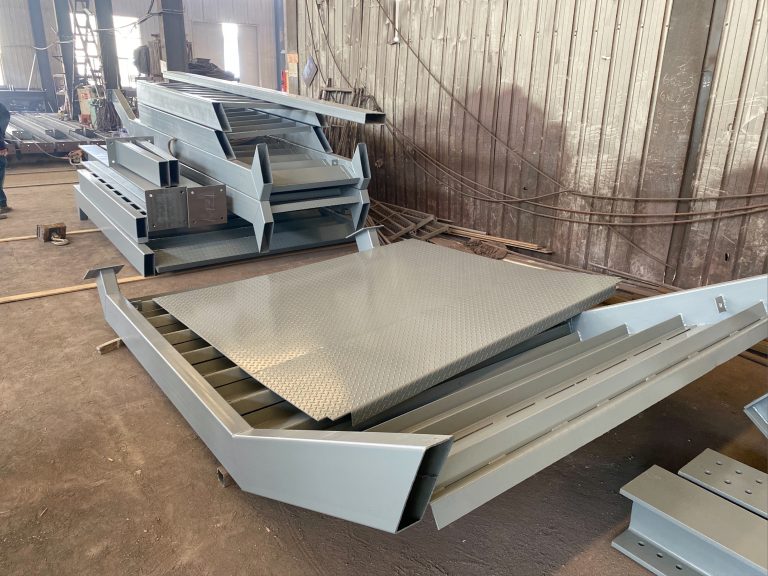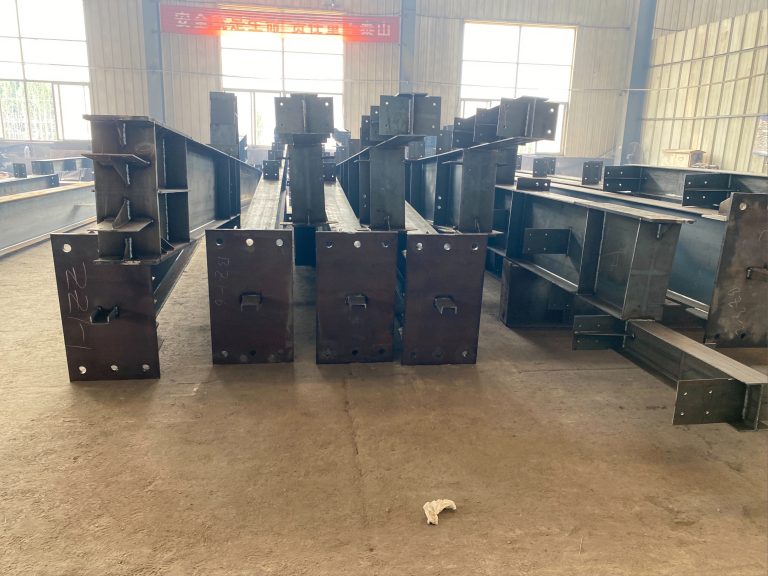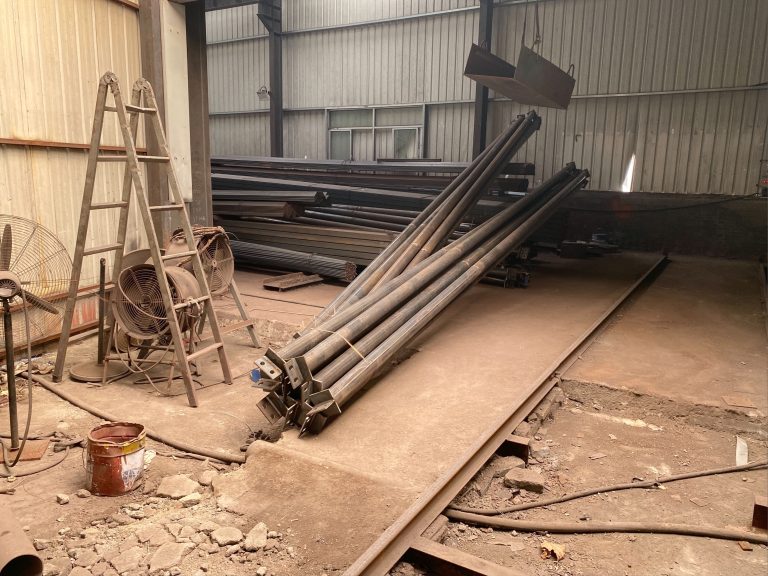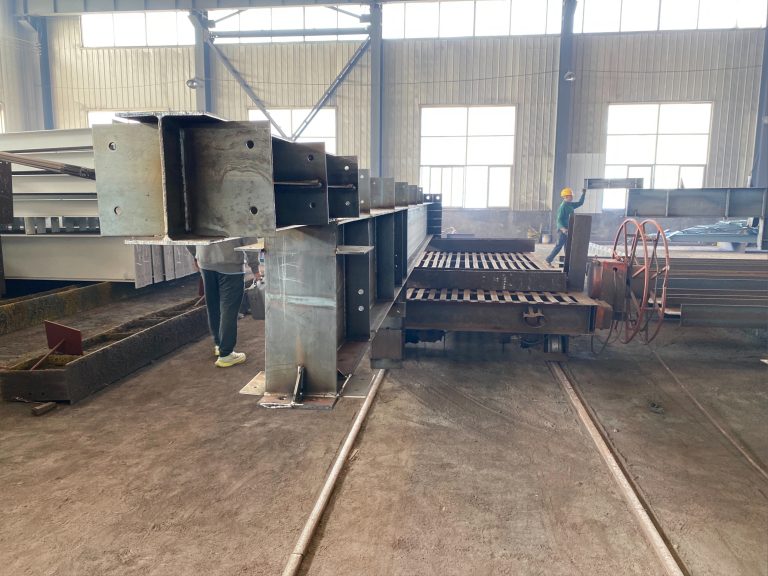Application and economic evaluation of steel structure in low energy consumption buildings
Table of Contents
Advantages of Using Steel Structures in Low Energy Consumption Buildings
Steel structures have long been a popular choice for construction projects due to their durability, strength, and versatility. In recent years, there has been a growing trend towards using steel structures in low energy consumption buildings. This shift is driven by the desire to reduce energy consumption and minimize the environmental impact of buildings. In this article, we will explore the advantages of using steel structures in low energy consumption buildings and discuss the economic evaluation of this approach.
One of the key advantages of using steel structures in low energy consumption buildings is their high strength-to-weight ratio. Steel is a lightweight material that can support heavy loads, allowing for the construction of large, open spaces without the need for additional support columns. This not only creates a more aesthetically pleasing interior but also allows for more flexibility in the design of the building. Additionally, steel structures are highly durable and resistant to corrosion, making them a long-lasting and low-maintenance option for low energy consumption buildings.
Another advantage of using steel structures in low energy consumption buildings is their ability to be prefabricated off-site. This can significantly reduce construction time and costs, as well as minimize waste and disruption to the surrounding environment. Prefabricated steel structures are also highly customizable, allowing for efficient use of materials and resources. This can result in a more sustainable and environmentally friendly building design.
In terms of energy efficiency, steel structures offer several benefits. Steel is a highly conductive material, meaning it can efficiently transfer heat and cold throughout a building. This can help regulate indoor temperatures and reduce the need for heating and cooling systems, ultimately lowering energy consumption. Additionally, steel structures can easily accommodate insulation materials, further improving energy efficiency and reducing utility costs.
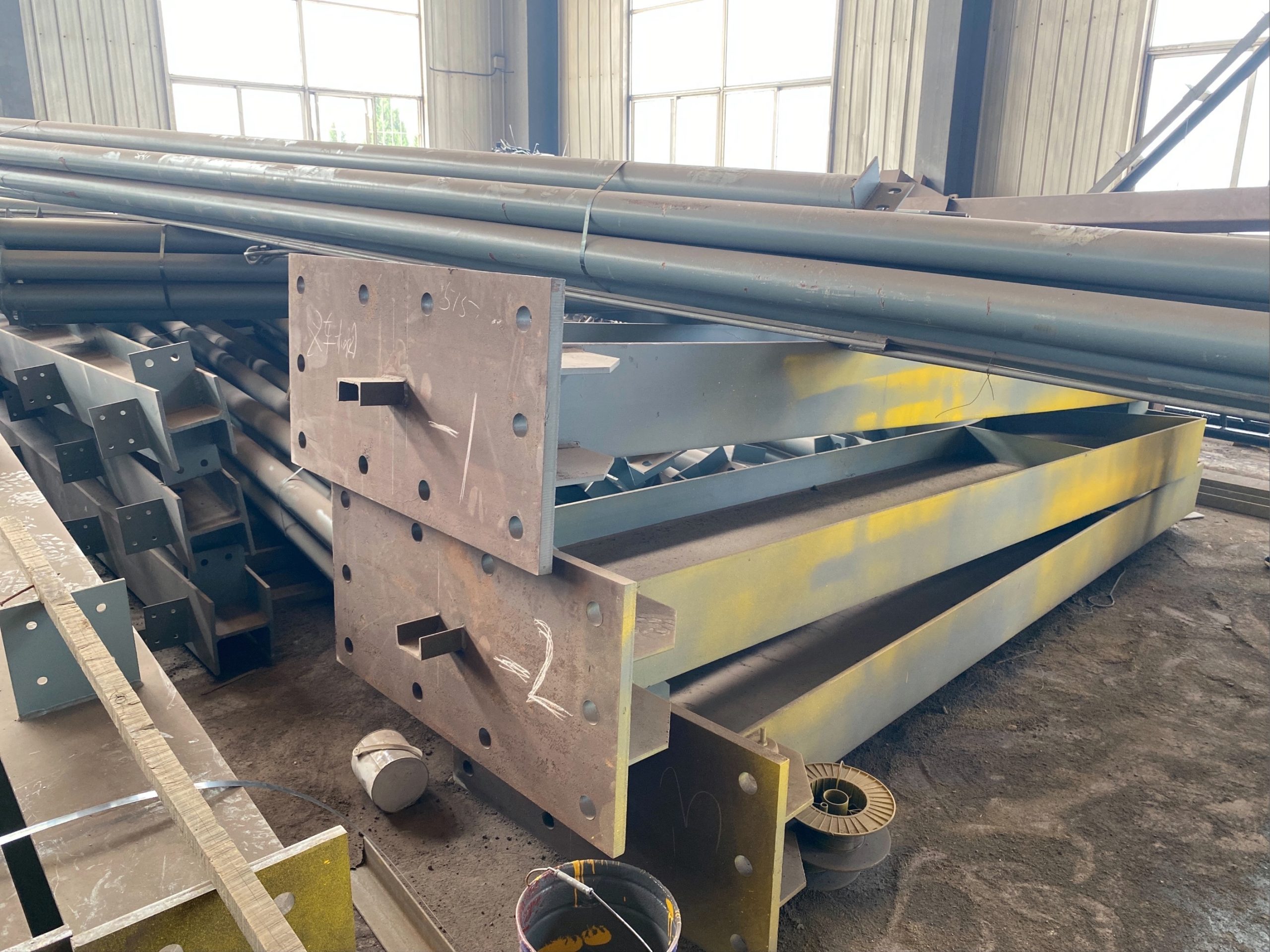
From an economic perspective, the use of steel structures in low energy consumption buildings can result in long-term cost savings. While steel may have a higher upfront cost compared to other building materials, its durability and low maintenance requirements can lead to lower operating costs over time. Additionally, the energy efficiency of steel structures can result in reduced utility bills, further offsetting the initial investment. When considering the total lifecycle cost of a building, steel structures can be a cost-effective option for low energy consumption buildings.
In conclusion, the application of steel structures in low energy consumption buildings offers numerous advantages in terms of strength, durability, energy efficiency, and cost savings. By leveraging the high strength-to-weight ratio of steel, prefabrication techniques, and energy-efficient design principles, builders can create sustainable and environmentally friendly structures that meet the needs of today’s energy-conscious society. As the demand for low energy consumption buildings continues to grow, steel structures are poised to play a key role in shaping the future of sustainable construction.
Cost-Benefit Analysis of Steel Structures in Low Energy Consumption Buildings
Steel structures have long been a popular choice for construction due to their durability, strength, and versatility. In recent years, there has been a growing interest in using steel structures in low energy consumption buildings to reduce environmental impact and operating costs. This article will explore the application and economic evaluation of steel structures in low energy consumption buildings.
One of the key advantages of using steel structures in low energy consumption buildings is their ability to support a variety of energy-efficient features. Steel frames can easily accommodate insulation materials, energy-efficient windows, and renewable energy systems such as solar panels. This flexibility allows for the design of buildings that are highly energy-efficient and environmentally friendly.
In addition to their flexibility, steel structures are also known for their durability and longevity. Steel is resistant to corrosion, pests, and fire, making it a reliable choice for long-term building projects. This durability can result in lower maintenance costs over the lifespan of the building, further contributing to cost savings.
When considering the economic evaluation of steel structures in low energy consumption buildings, it is important to weigh the initial cost of construction against the long-term savings in energy and maintenance costs. While steel structures may have a higher upfront cost compared to traditional building materials, the energy efficiency and durability of steel can result in significant savings over time.
A cost-benefit analysis of steel structures in low energy consumption buildings should take into account factors such as energy savings, maintenance costs, and environmental impact. Energy-efficient buildings can reduce energy consumption and lower utility bills, resulting in long-term cost savings for building owners. Additionally, the durability of steel structures can reduce the need for frequent repairs and maintenance, further reducing operating costs.
From an environmental perspective, steel structures in low energy consumption buildings can help reduce carbon emissions and minimize the building’s overall environmental footprint. By incorporating energy-efficient features and renewable energy systems, steel buildings can contribute to a more sustainable built environment.
In conclusion, the application of steel structures in low energy consumption buildings offers a range of benefits, including energy efficiency, durability, and environmental sustainability. While the initial cost of construction may be higher compared to traditional building materials, the long-term savings in energy and maintenance costs make steel structures a cost-effective choice for sustainable building projects. A thorough cost-benefit analysis is essential to evaluate the economic viability of using steel structures in low energy consumption buildings and to make informed decisions about sustainable building practices.

